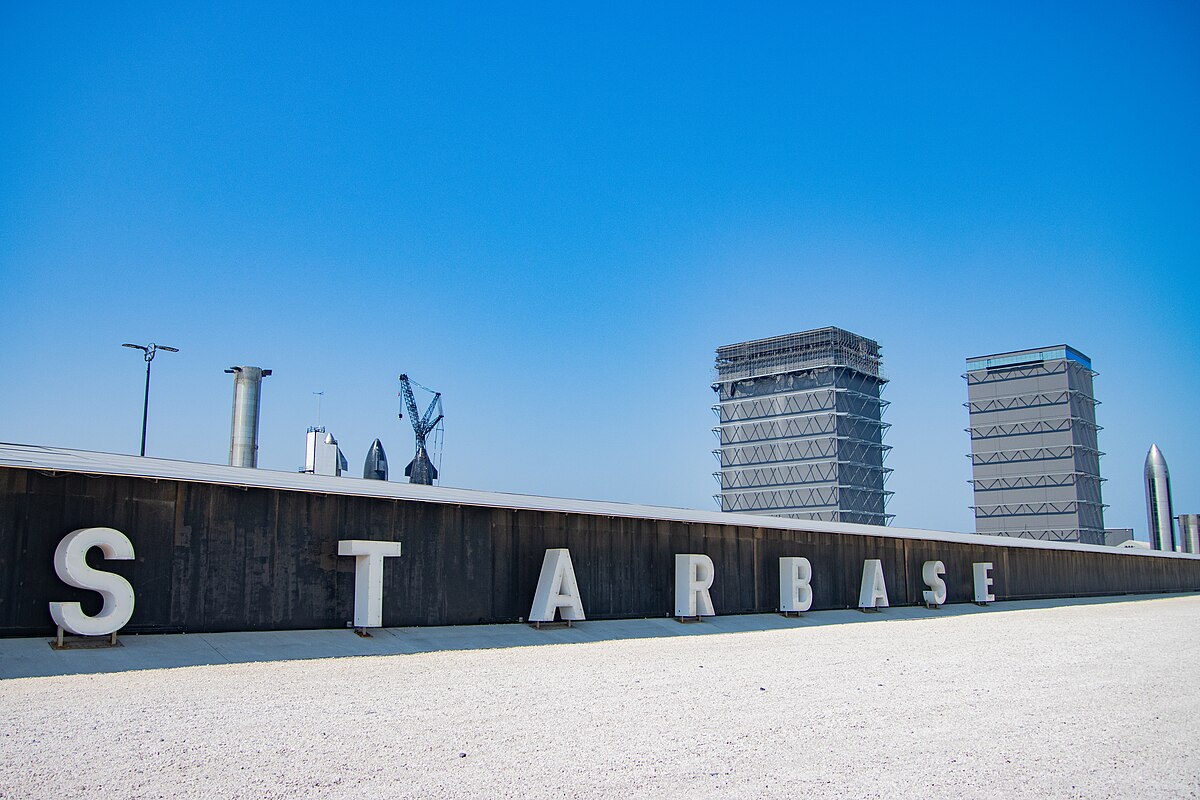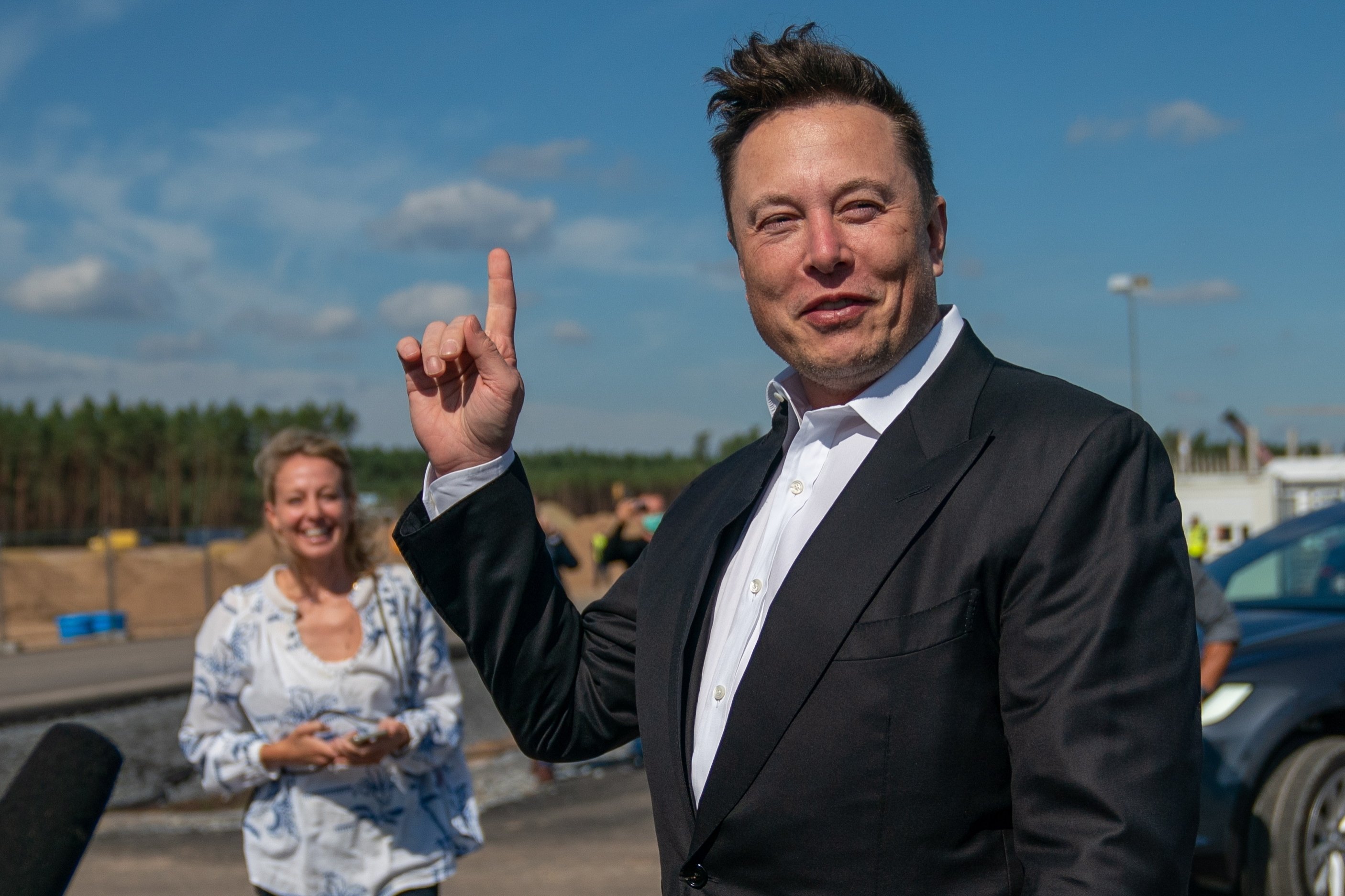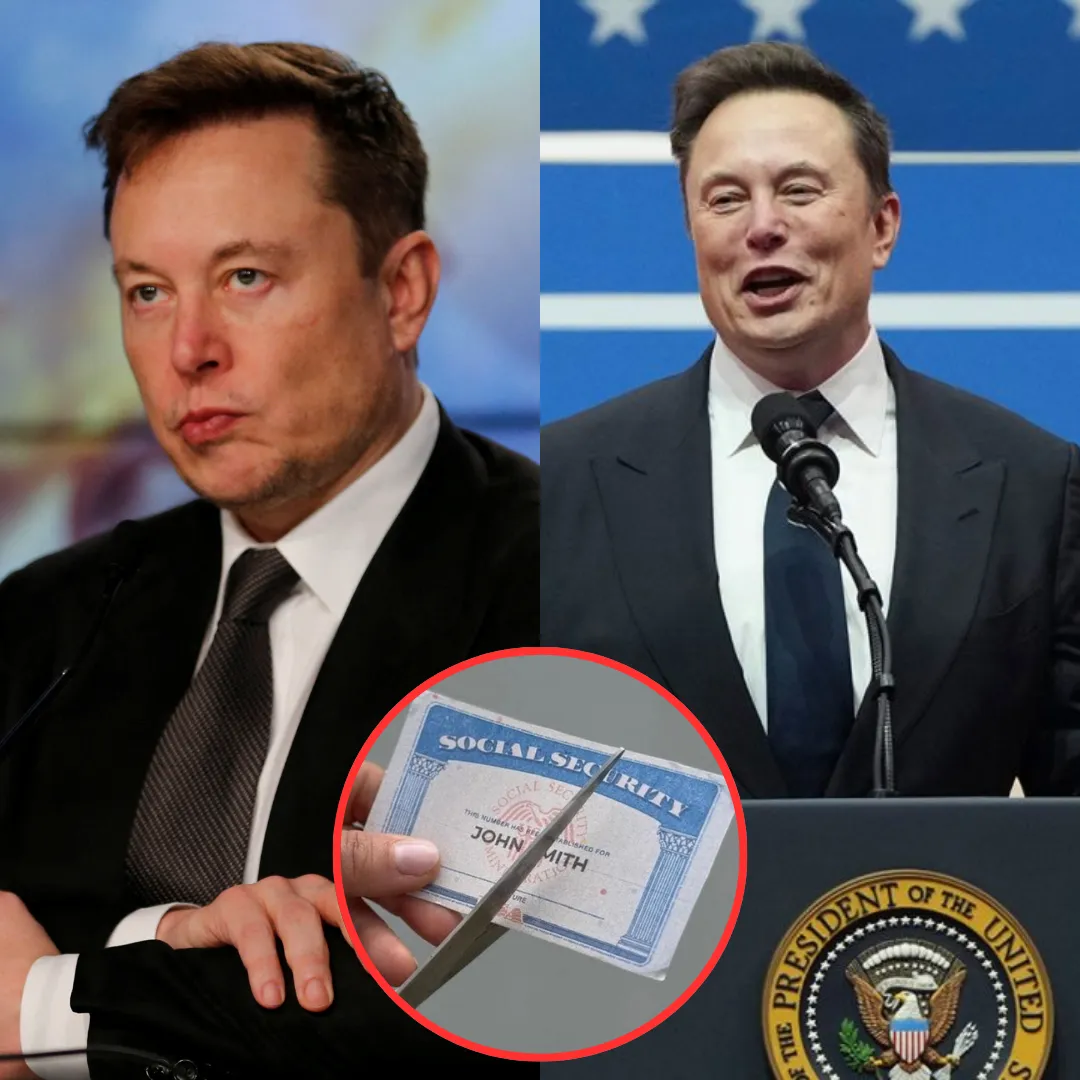
In the world of ambitious projects and futuristic aspirations, Elon Musk has consistently proven his ability to redefine boundaries and disrupt industries. Whether it’s revolutionizing the electric vehicle market with Tesla, advancing space exploration with SpaceX, or even altering the future of transportation with his ventures like Hyperloop, Musk has always been at the forefront of innovation.
However, his latest venture, a plan to transform the small, remote town of Boca Chica, Texas, into an exclusive haven for billionaires, has stirred up a mix of excitement, skepticism, and intrigue. Known as Starbase, Musk's proposed city may soon become a reality, and it could be more than just a tech hub—it could be the future model of ultra-wealthy, corporate-run communities.
Boca Chica, a quiet, sparsely populated town near the Gulf of Mexico, has been home to SpaceX's private launch site since 2014. The area, isolated and surrounded by a vast expanse of undeveloped land, has long been a fitting backdrop for Musk's space exploration ambitions. But now, Musk is taking his plans a step further.

The vision is to turn Boca Chica into a full-fledged city that will cater to the needs of SpaceX employees, billionaire entrepreneurs, and other elites. With Starbase, Musk aims to create a city that aligns with his vision of a future governed by innovation, technology, and private enterprise.
Starbase’s development isn’t just about creating a space for Musk’s growing empire—it’s about constructing an entirely new kind of city. If approved, this town will offer a level of autonomy and freedom that most cities simply cannot. Starbase would allow Musk and SpaceX to have complete control over the local government, zoning laws, police and fire services, and the city’s infrastructure.
This level of control would help SpaceX expand and operate efficiently, without the bureaucratic hurdles often associated with municipal governance. For Musk, this autonomy is crucial for fostering innovation and developing the cutting-edge technology that his companies are known for.

One of the key drivers behind this plan is the need for SpaceX to have its own infrastructure and services. As SpaceX continues to grow, so does the need for more space to house its engineers, astronauts, and other staff members. The creation of Starbase would allow SpaceX to not only consolidate its workforce in one area but also to ensure that the city’s infrastructure can accommodate the specific needs of a space exploration company.
It’s an attractive proposition for SpaceX employees, who would be able to live and work in a community designed around the needs of space innovation.
Critics of the project, however, argue that the creation of Starbase could mark a dangerous precedent for corporate control of local governance. Some view Musk’s plan as a move to consolidate power, creating a city where corporate interests dominate and local residents, who are already a minority in the area, have little say in how their lives are governed.
The city’s location, far removed from the bustling urban centers of Texas, makes it an ideal site for such an experiment. However, it also raises questions about the long-term implications for local communities and the future of democratic governance.
One of the most controversial aspects of the plan is the fact that SpaceX will likely hold significant control over the city’s policies. If Starbase is officially incorporated, SpaceX could control local services such as law enforcement and fire departments, in addition to zoning and land use decisions.

Critics fear this could lead to a situation where SpaceX’s business interests, rather than the well-being of residents, dictate the development and direction of the city. Supporters, on the other hand, argue that this autonomy will allow SpaceX to innovate without the red tape of local government and provide a model for other tech companies looking to create their own self-sustaining cities.
For Musk, the plan to create a self-sustaining city is more than just about convenience for SpaceX. It’s about creating a model for the future, where technology-driven cities become the norm rather than the exception. By turning Boca Chica into a thriving metropolis of billionaires and tech elites, Musk is effectively creating a prototype for what he believes the future of urban development could look like.
Starbase could serve as a test case for future endeavors in the world of space exploration, as well as other ventures Musk has in mind, such as the development of autonomous vehicles and the creation of his ambitious Mars colonization plans.

The development of Starbase is also part of Musk’s broader efforts to push the limits of what’s possible. The town will not only serve as a hub for SpaceX and its employees but will also serve as a living lab for some of Musk’s other ventures.
It could become a center for testing new technologies, from sustainable energy systems to autonomous transportation. With its self-sustaining infrastructure and forward-thinking design, Starbase could be a model for future cities that prioritize technology, sustainability, and innovation.
Starbase’s creation is not without its challenges, however. The town’s remote location, combined with its small population, presents unique logistical issues. Musk and SpaceX will need to work closely with local officials and state regulators to ensure that the development of the town doesn’t interfere with surrounding communities or the environment.
The town will also need to address the needs of local residents who are not directly connected to SpaceX or its workforce. While Starbase is designed to be a private community for tech elites, it’s unclear how it will integrate with the surrounding population and whether it will create tensions between SpaceX employees and local residents.

The legal and regulatory hurdles surrounding the creation of Starbase are also significant. SpaceX and Musk will need to navigate the complex laws and regulations that govern the creation of a new city. There are questions about how such a city would be incorporated, how taxes would be assessed, and what legal protections would be in place for residents and businesses.
While Musk is known for his ability to overcome regulatory obstacles, it remains to be seen whether he can successfully navigate the complex web of local, state, and federal laws that govern land use, zoning, and city development.
Despite these challenges, Musk’s vision for Starbase is gaining traction. Supporters argue that the creation of a self-sustaining, high-tech city could set a precedent for future urban development, while critics see it as another attempt by Musk to consolidate power and influence over a small, isolated community.
Regardless of where one stands on the issue, one thing is certain: Starbase represents the next step in Elon Musk’s plan to change the world—this time, not just through technology, but through the creation of an entirely new kind of city. Whether it succeeds or fails, Starbase will likely have a lasting impact on the way we think about the relationship between technology, governance, and urban development.

-1745719579-q80.webp)
-1745641447-q80.webp)
